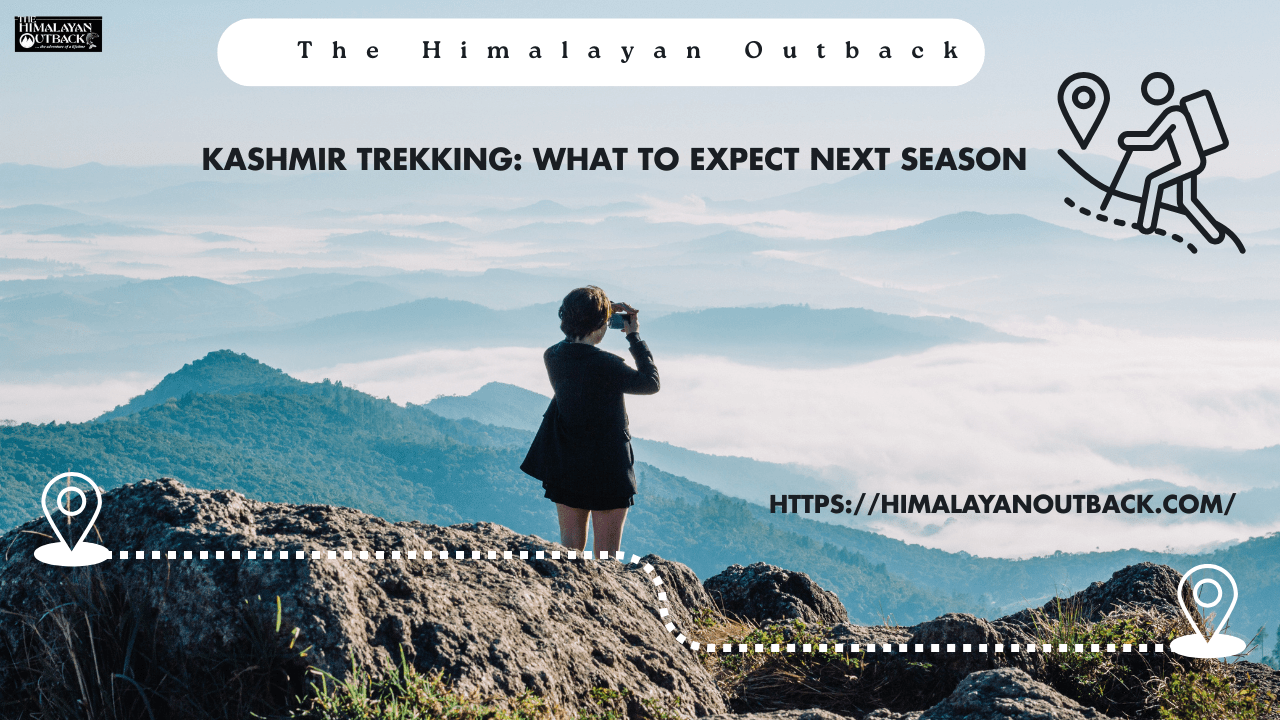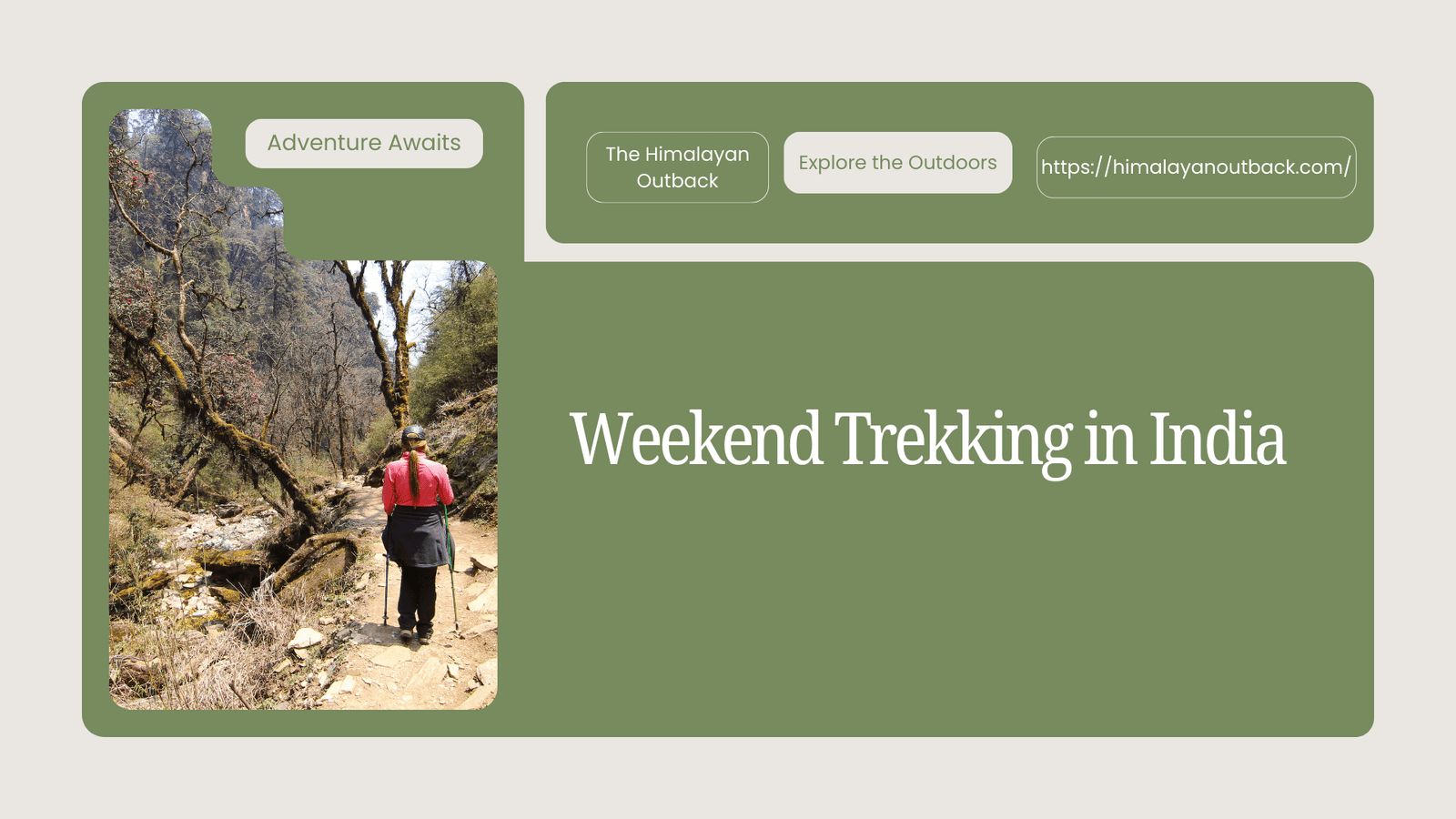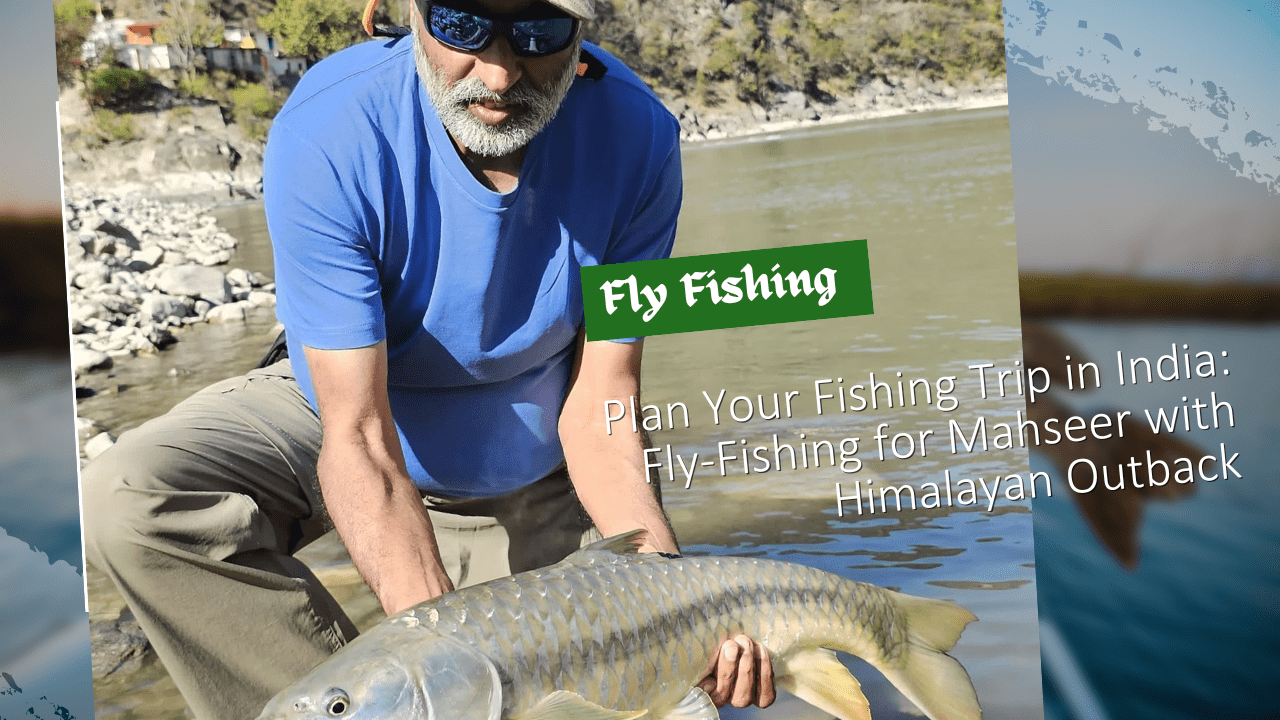Often called “Paradise on Earth,” Kashmir offers some of the most breathtaking landscapes in the world. For adventurers, this means access to pristine alpine meadows, crystal-clear lakes, and snow-capped Himalayan peaks. If you’re considering a trip, planning is essential to make the most of your journey.
This guide will walk you through what to expect when planning your Kashmir trekking adventure for the upcoming season. We’ll cover the best times to go, what to pack and highlight one of the region’s most iconic routes—the Kashmir Great Lakes Trek. By the end, you’ll have a clear picture of how to prepare for an unforgettable expedition.
Why Choose Kashmir for Your Next Trek?
Kashmir’s unique geography makes it a premier destination for trekking enthusiasts. Unlike other Himalayan regions, the trails here are often gentler, passing through lush green valleys dotted with wildflowers and serene glacial lakes. The landscape is a vibrant mix of sprawling meadows, dense pine forests, and dramatic mountain passes, offering a different stunning vista each day.
The cultural richness of the region adds another layer to the experience. You’ll encounter local shepherds, known as Gujjars, and get a glimpse into their traditional way of life. This blend of natural beauty and cultural immersion makes Kashmir trekking a truly special adventure.
The Best Time for Kashmir Trekking
Timing is everything when it comes to trekking in the Himalayas. The primary trekking season in Kashmir is relatively short, running from late June to mid-September.
- June to July: This period marks the beginning of summer. The snow from the high passes has melted, revealing lush green meadows and blooming wildflowers. The weather is generally pleasant, with clear skies perfect for photography.
- August to September: As the season progresses, the landscapes shift in color, with the greens of summer giving way to the golden hues of autumn. This is an excellent time for trekking, as the monsoon rains have typically subsided, offering stable weather conditions.
The famous Kashmir Great Lakes Trek is best experienced between the last week of June and mid-September. Outside this window, heavy snowfall makes the high passes, like the Gadsar Pass at 4,200 meters, inaccessible.
An Iconic Route: The Kashmir Great Lakes Trek
For those looking to experience the best of Kashmir trekking, the Great Lakes Trek is an unparalleled choice. This journey takes you through a series of stunning high-altitude lakes, each with its own distinct character.
What to Expect on the Trail
The Great Lakes Trek is considered a moderate-level trek, suitable for those with a good level of physical fitness. The journey typically spans over a week, with each day offering a new set of challenges and rewards.
- Daily Trekking: Expect to trek for 5-6 hours each day, covering varied terrain that includes gentle meadow walks, river crossings, and ascents to high passes.
- Camping: Nights are spent in comfortable tented camps set up in scenic locations, often beside one of the beautiful lakes. This allows you to be fully immersed in nature.
- Scenery: The route passes through some of Kashmir’s most spectacular scenery. You will journey through the “Valley of Flowers” and witness the breathtaking beauty of lakes like Vishansar, Krishansar, Gadsar, and Gangabal. The highest point of the trek is the Gadsar Pass, which offers panoramic views of the surrounding peaks.
A typical itinerary, like the one offered by The Himalayan Outback, often spans around 13 days, including travel to and from Srinagar, acclimatization days, and the core trekking period of about six full days within the national park.
Preparing for Your Trek
Proper preparation is crucial for a safe and enjoyable trekking experience. Here’s a checklist to get you started:
Essential Gear and Packing List
- Clothing: Layering is key. Pack thermal base layers, fleece jackets, and a waterproof and windproof outer shell. Include both full-sleeve shirts and trekking pants.
- Footwear: A sturdy, waterproof pair of trekking boots with good ankle support is non-negotiable. Make sure they are well broken in before your trip.
- Backpack: A 50-60 liter backpack is usually sufficient to carry your personal gear. A rain cover for your backpack is also essential.
- Health and Safety: Carry a personal first-aid kit with basic medicines for headaches, blisters, and any personal prescriptions. Sunscreen, sunglasses, and a wide-brimmed hat are vital for sun protection at high altitudes.
- Other Essentials: Don’t forget a reusable water bottle, a headlamp or torch with extra batteries, and a camera to capture the stunning landscapes.
Physical Fitness and Acclimatization
While the Kashmir Great Lakes trek is rated as moderate, it still requires a solid level of fitness. The trail involves ascents and descents at high altitudes, reaching up to 4,200 meters.
To prepare, focus on cardiovascular exercises like running, cycling, or swimming for at least a few months before your trek. Incorporating strength training for your legs and core will also be beneficial. Most guided treks include acclimatization days in Srinagar before starting the trek, which is crucial for adjusting to the altitude and reducing the risk of altitude sickness.
Ready for Your Adventure?
Kashmir trekking offers an experience that is both challenging and deeply rewarding. From the vibrant meadows to the tranquil alpine lakes, the journey through this Himalayan paradise is one that will stay with you long after you’ve returned home. By choosing the right season, preparing your gear, and getting physically ready, you can ensure your adventure is as magical as the landscape itself.
If you’re ready to explore the majestic beauty of Kashmir, start planning your trip for the upcoming season.






